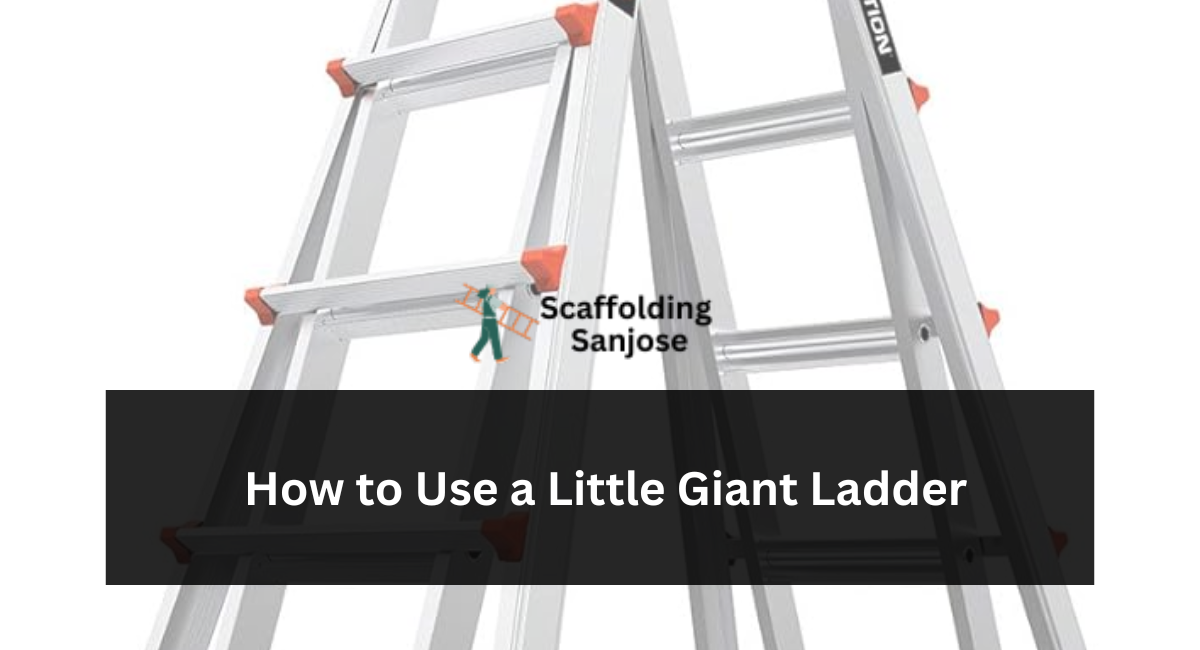No matter your DIY level or professional contractor experience, Little Giant Ladders has something that can meet all your needs – from its revolutionary Velocity multi-use ladder system to fiberglass Dark Horse models for working around live electricity – they all make sure the job gets done. Their quality and versatility is unsurpassed!
These models are strong, offering innovative new features like AirDeck workstation and Rock Locks rung fasteners, while Xtreme models boast automatic ratchet levelers that adjust hands-free.
Step Ladder
Step ladders are an indispensable asset in both homes and workplaces, used for everything from hanging art on walls to changing light bulbs and redecorating. But as with all ladders, if not used safely or correctly, they can pose a danger.
Always maintain three points of contact and keep the body centered between side rails when climbing ladders, never exceeding safe working height. An indication that you have gone too high would be when your knees reach above the top cap of the ladder.
Before using a step ladder, always place it against a wall or structure and tilt it at an obtuse angle of 1 to 4. Additionally, inspect it prior to each use for cracks, splits, missing parts, foot pad condition, and duty rating – further, ensure its stable foundation with nonslippery surface conditions.
Extension Ladder
Be it lighting installation or wall painting; an extension ladder can help reach higher areas that would be difficult using a step ladder alone. However, their higher height makes them more dangerous.
Ladder-related accidents are among the most prevalent and easily preventable injuries, with most incidents happening at home and typically involving an extension ladder.
For optimal ladder usage, three points of contact must be maintained between you and the ladder – this can be accomplished by keeping one foot and both hands firmly planted on it while avoiding reaching out too far from it.
As with extension ladders, its base should be set back one foot every three feet of height from any structure it is being erected against to protect it from possible electrical lines energized with electricity. To mitigate risk further, choose an adjustable base ladder.
Staircase Ladder
Safety should always be the top priority when working on a staircase. Ladder falls are one of the leading causes of injury, so finding a solution that provides optimal safety should always be the priority.
An effective combination ladder is your ideal choice, designed to function both as a traditional ladder and a stepladder. To use one on stairs, remove its extendable section before setting up its middle section and base sections against one another.
Place the ladder feet onto the stairs and lock them into position. Additionally, purchase various accessories and tools designed specifically to adapt conventional ladders for stair use – for instance, ladder-aides are convenient devices that create a flat platform on which your ladder can rest, allowing you to work without constantly having to relocate it when reaching new heights.
Trestle Ladder
A trestle ladder can be used on stairs or areas with different levels, taking up less space than traditional ladders while remaining lightweight and easily adjustable to meet various working levels. Plus, its lightweight frame makes repositioning much simpler!
An effective ladder should always be set up on an even surface and never placed upon other objects in an attempt to ascend higher levels. Doing this may cause it to tilt sideways and ultimately collapse. Rungs, spreaders, and rail connections should be checked prior to the use of any ladder.
Before using a ladder, be sure first to ensure it isn’t near any potential dangers, such as overhead power lines. Also, make sure that when working, your torso remains between the rungs as you ascend or descend; doing this helps maintain balance and prevent losing it, leading to falling. Ladders should be stored 10 feet from any power lines for added safety.
Conclusion
Mastering the Little Giant ladder requires understanding its versatility and adaptability. By following the provided instructions, familiarizing oneself with its multiple configurations, and ensuring a secure setup, users can harness its full potential for various tasks. Safety precautions, proper locking mechanisms, and weight limitations are crucial elements to consider for a successful and secure experience with the Little Giant ladder. With practice and attention to detail, users can confidently utilize this adaptable tool across a spectrum of tasks, enhancing efficiency and safety.

